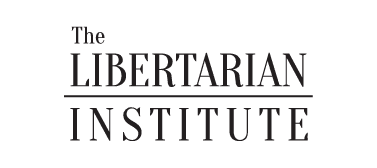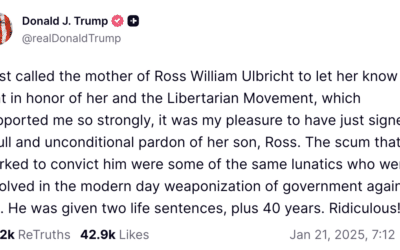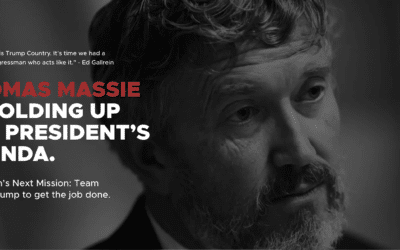Whoever argues in favor of granting rights to animals, has first accepted that humans have rights and believes that animals must also be recognized as subjects of rights. And only someone who has a notion of what having rights means can meaningfully ask for this. Yet here, leaving aside the fact that humans can be classified as a specific type of animal, there is no need to justify human rights, but only to assess the validity of animal rights.
In a series of lectures published as a book under the title Economy, Society, and History, libertarian philosopher Hans-Hermann Hoppe puts forward various differences between humans and animals by distinguishing four different language functions. Among the functions shared by humans and animals, one is the expressive function, where also animals may express inner feelings. Another being where language fulfills a signal function, for example, with sounds that warn of danger. But what is not found in animals is the descriptive function of language, the subject and the predicate. Only with this function does the idea of truth arise, for only then is it possible to ask if something is true and try to find out. And so proper names and identifying expressions arise, as well as the terms to qualify specific objects with proper characteristics. Finally comes the argumentative function, in which complex and combined statements are connected, for example, by conjunctions, and in which humans investigate whether arguments are valid or not, and whether inferences are made in the right way. This very function is used for more precise distinctions between humans and animals.
Philosopher Brand Blanshard wondered about the meaning of having human reason, and thought that it cannot be consciousness, because animals also feel fear, pleasure and pain. And somehow, they also make judgments to reach conclusions and, hence, they definitely think—although not in the same way as humans. Following Blanshard, Hoppe makes four points about the differences in this way of thinking, which, in brief, I’ve summarized as follows:
- Animal thinking is always tied to perception, whereas humans, unlike animals, can wander in time and think of things far away, even things that never existed. Animals need a present clue or thing from which their thoughts arise. We can imagine that they can also think of things absent to some extent, as when a dog sits in front of a house because it knows that its master has gone in, and it expects him to come out again. But here a link to perception is still there, from seeing the master.
- Even if we were to believe that animals could free their minds from perception and think like humans do, they have no way to convey it. Or we could say that they cannot abstract like humans. While animals can see shapes and colors, it does not follow that they have concepts of shapes, triangles, or different colors. Despite perception, they cannot abstract this away into a concept. And if they could, considering that many animals produce sounds, we would expect them to form words for these things. But they do not form words as humans.
- Closely related to the previous points is that animals cannot make explicit inferences, but only implicit inferences. For instance, a piece of meat thrown to a dog but too big to fit in its mouth causes the dog discomfort because it cannot eat it. Then, if another similar big piece is thrown at it, the dog may give up struggling also with the second piece, recognizing that it did not work the first time. However, in the absence of concepts, it will not make any explicit inference.
- Animals do not have what is called self-awareness. Their consciousness does not allow them to step back and reflect on their own behavior, i.e., they cannot stop to challenge their behavior and think why they succeeded or failed. Nor do they have standards or principles for judging such behavior. Blanshard emphasizes that human reason adds another dimension to consciousness in the form of self-consciousness, while animals lack the ability to contemplate their doings. According to Blanshard, this self-consciousness is the source of so much achievement and so much woe in humans. Animals, on the other hand, eat, sleep, and hover, but never stop in the middle of a meal to observe how they do it, or to weigh whether it is unseemly to sleep so much or to do this or that. And so too, as Blanshard explains, animals cannot consider what principle of right thinking is violated. Unable to criticize themselves, remaining beneath self-criticism, they have no standards, and so they lack the ability to be guided by principles.
Likewise, Blanshard summarizes much of what has been discussed thus far in the following way:
“When we say that man is a rational animal, then, we seem to imply that he can command ideas independently of sense, independently of perception, that he can abstract; that he can infer explicitly and that he can sit in judgment on himself. The highest of animals can do none of these things. The stupidest of man, if not a pathological case, can in some measure do them all.”
And to this, Hoppe adds in conclusion that so much about the human language ability is characterized in particular “by our abilities of self-reflection, self-criticism, self-control, and so forth.”
An essential reason to reject animal rights is that animal rights go against human rights. Given that any theory of human rights must guarantee human survival since the beginning of time and that humans face the reality of being surrounded by living nature, it must necessarily be permissible for humans to appropriate and use all unowned nature for their own survival—as long as they allow other humans to do the same. In this sense, libertarian economist Murray Rothbard noted:
“Animals are ‘economic land,’ since they are original nature-given resources. Yet will anyone deny full title to a horse to the man who finds and domesticates it—is this any different from the acorns and berries that are generally conceded to the gatherer? Yet in land, too, some homesteader takes the previously ‘wild,’ undomesticated land, and ‘tames’ it by putting it to productive use.”
So, in the way humans conceive of rights, human rights only make sense among humans and in favor of humans, and they involve an inescapable role in the everlasting survival of humankind.
Undoubtedly, self-reflection, self-criticism and self-control are required for the observance of any rule or principle, and on this the social institution of law makes sense for humans. If animals cannot behave upon any of these characteristics at any time of their lives, it is more than obvious that they cannot conceive of rights, or of other concepts such as justice. Another way to explain it is that human rights rest on human reason as their ultimate justification, and that granting rights to animals is to ignore what it means to understand and to intentionally respect human rights.
Learning from the work of classical liberal economist Ludwig von Mises, the human ability to sort knowledge and experience is intimately related to human language, which involves norms, concepts and conventions that the human mind processes while relating to the surroundings. And as humans understand the meaning of their actions, this very understanding makes it possible to formulate the general principle by which the phenomenon of human action is explained, giving rise to what Mises called “praxeology”—the science of human action.
Nevertheless, it is not possible for any conflict to arise over the use of the goods insofar as they are superabundant, and no coordination of actions is necessary. However, this is not the usual situation among humans, and only humans are capable of understanding the impact their actions have on the occurrence of conflict, which is inextricably intertwined with the concept of justice. This is impossible for animals with respect to humans, and therefore it is impossible for them to be equal to humans in any fashion for a justice system. There is no way for animals to justify their actions and defend themselves from any accusation. They will never be moral agents able to gather moral experience. Animals are not even like small children who, from an early age on, begin to justify their actions and fear punishment for their uncivilized behavior, thus sufficiently understanding the reasons for their punishment.
Being unable to account for their behavior and, thus, neither morally responsible, nor irresponsible, animals cannot respond to a trial. Consequently, it makes no sense to blame them for rights violations, of which they have no understanding. For example, if animals had rights, should the horse that kicked a man passing by not be punished? Could the horse not respect the innocent man on his way home? This is obviously absurd. The horse cannot articulate such thoughts. Whatever sense of threat the horse may feel, it feels it regardless of the man’s intentions.
Those who claim that animals have rights cannot really be merely asserting that animals have rights as universally as humans, but are implicitly asserting that the alleged rights of animals are somehow superior to the rights of humans. For if humans should respect animals rights like they respect human rights, while animals cannot do the same, then animals would not have equal rights, but actually legal privileges over humans.
Nonetheless, it is because animals have no rights that it is possible for humans to assign property rights on animals, which in turn allows them to be legally protected. It means going to court to seek compensation from those who damage, steal, or kill animals. Hence, it is the human right to own animals that allows seeking justice in conflicts involving animals.
Ultimately, granting rights to animals means legalizing injustice against humans and, even then, to the benefit of those humans who are emotionally favored by such a thing. But social life and human relationship to all nature imply only one theory of rights possible in this world. And in this world inhabited by humans, animal rights are impossible.
















